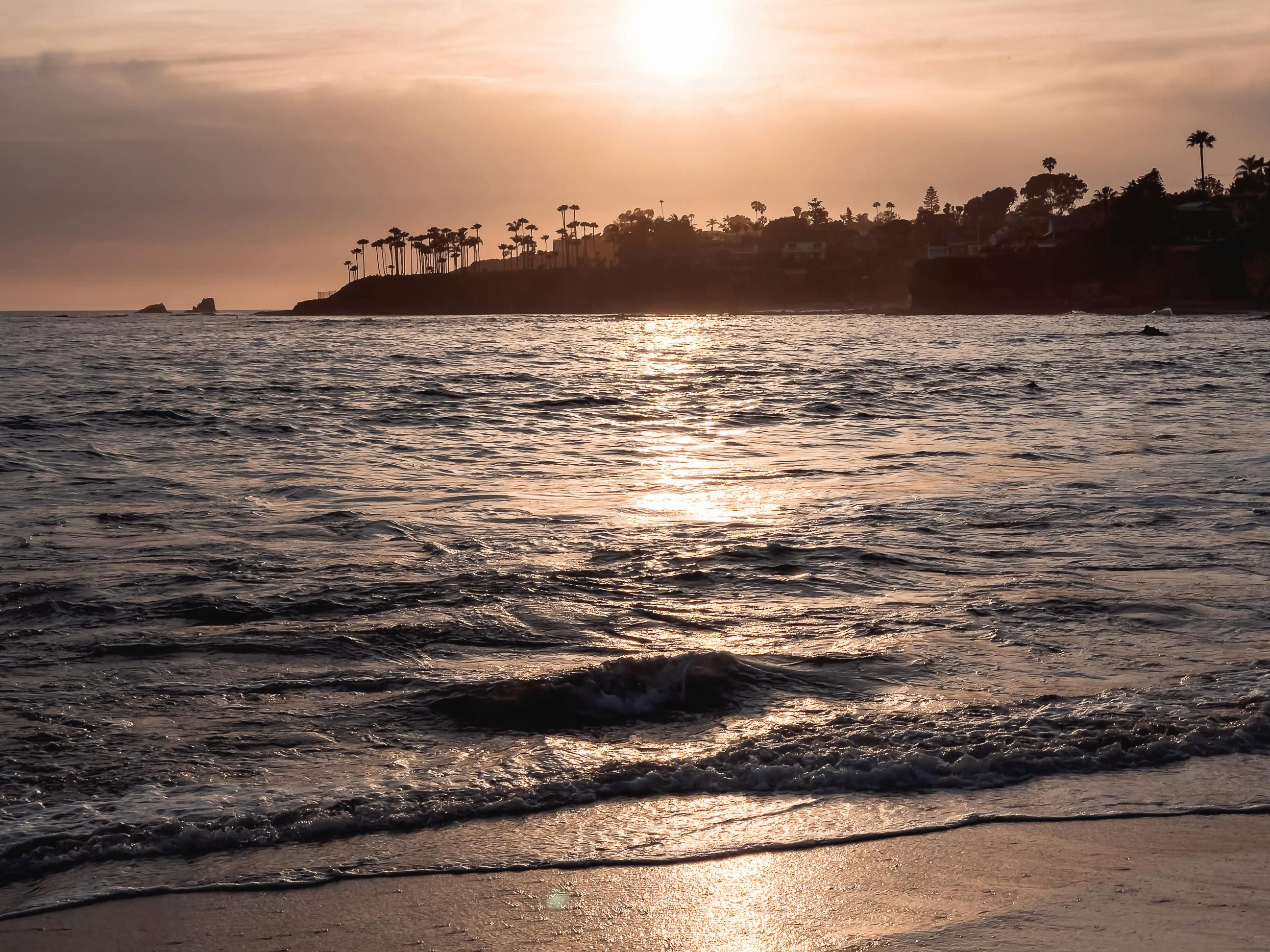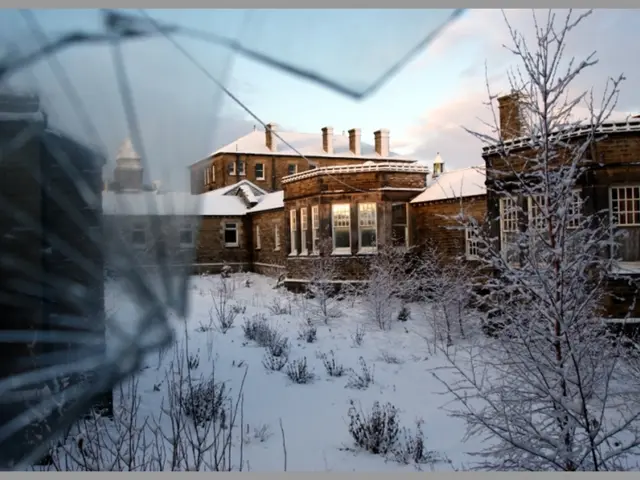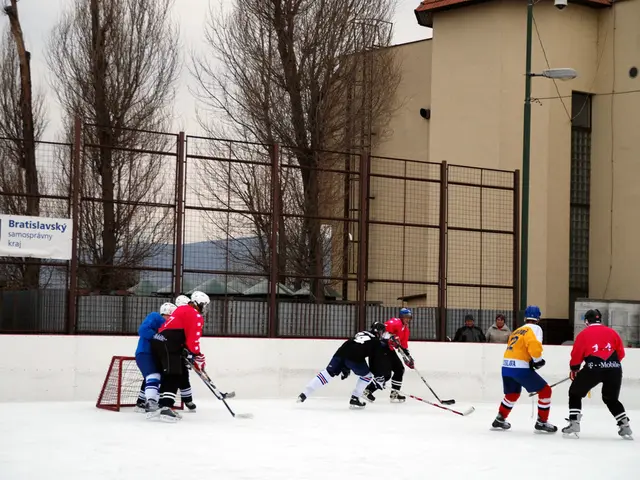A Tough Row to Hoe: Colorado's Rafting Outfitters and the Melting Snowpack
Exterior Exploration |
Gear up for some bumpy rides! Spring's balmy weather has Colorado's snowpack melting earlier than usual, leaving behind scant resources for runoff. As per the Natural Resources Conservation Service's (NRCS) monthly water supply outlook, the situation looks grim for water sports enthusiasts - particularly rafting operators in the state.
The NRCS's not-so-cheery report, based on data up to May 1 and released on a Thursday, spells trouble for rafting ventures across Colorado.
"Phew, we got some much-needed moisture lately, but it's no match for the current state of our snowpack," sighed one rafting operator.
While low snowpack and early snowmelt might bring a smile to fair-weather folk, it's anything but cheery news for Colorado's rafting industry. Here's what you need to know:
The Unpleasant Realities
- Water Woes: The dearth of snow means less water will flow into reservoirs like Lake Powell. This year's inflows to Lake Powell are projected to be around 55% of average, translating to dipping water levels in popular rafting destinations[3].
- Bumpy Rides: Lower water levels can cause slower currents, unearthing more obstacles, making navigation trickier and potentially less inviting for casual rafters.
- Money Matters: Decreased water levels and shortened rafting seasons can reduce income for rafting companies, limiting their operational periods and the rafting trips they can offer[4].
The Future Ahead
- The Melting Glacier: Warming temperatures are causing earlier snowmelt and reduced snowpack, a trend that's likely to continue, resulting in persistently lower water levels in future years[1][3].
- Dancing to the Rain's Beat: As snowmelt becomes less dependable, rafting and related industries may shift their focus to reservoir releases and rainfall events to maintain river levels, introducing unpredictability to their operations[1].
- Roll with the Punches: To stay afloat, rafting companies might need to diversify their offerings or focus on sections of rivers still navigable under low water levels, to keep their businesses running[2].
Conservation and Management Efforts
- Smart Water Use: Water conservation agreements like those from the Interior Department aim to manage water resources more effectively, which could help stabilize water levels and support the sustainable use of the Colorado River system[3].
- Policy Changes and Infrastructure Adjustments: Discussions about new guidelines for managing the Colorado River Basin by 2026 include addressing over-allocation issues and adapting to climate change impacts - factors that could impact rafting industries indirectly through changes in water management policies[1].
- As a consequence of the current snowpack melting earlier than normal, rafters might encounter more challenging conditions with slower currents and potentially increased obstacles due to lower water levels.
- With reduced resources from the melting snowpack, reservoirs like Lake Powell could experience lower than average water levels, affecting the inflow and popular rafting destinations.
- The environmental science behind climate change indicates that warming temperatures lead to earlier snowmelt and decreased snowpack, making future years potentially continue the trend of persistently lower water levels.
- In an effort to respond to the changing climate and preserve the rafting industry, companies might need to adapt by incorporating reservoir releases and rainfall events as reliable sources for maintaining river levels, while also considering diversifying offerings or focusing on navigable sections under low water conditions.







